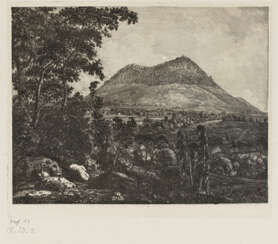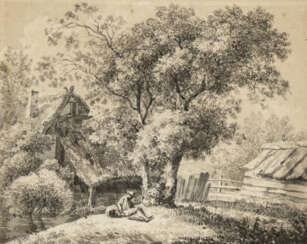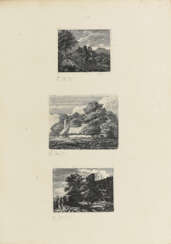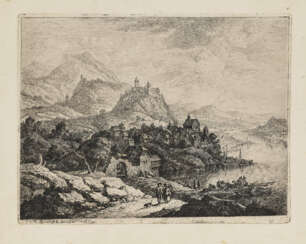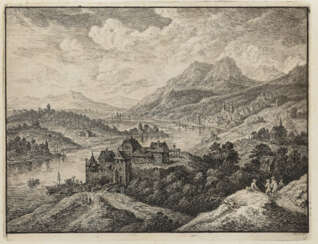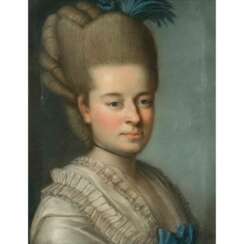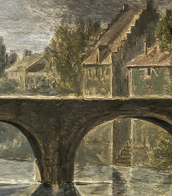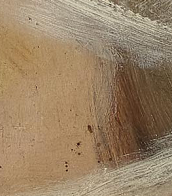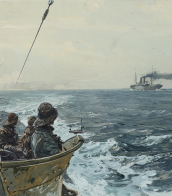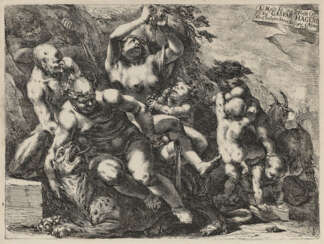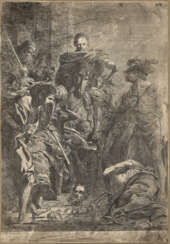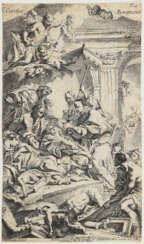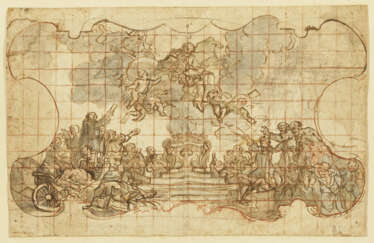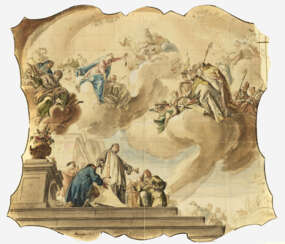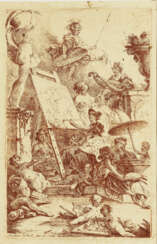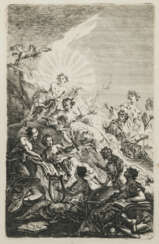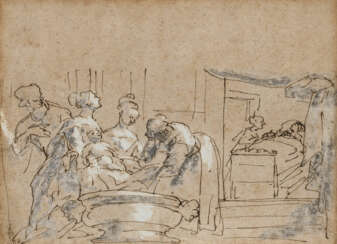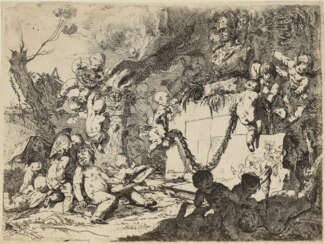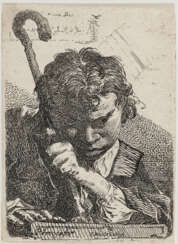graphics from the 15th-18th centuries
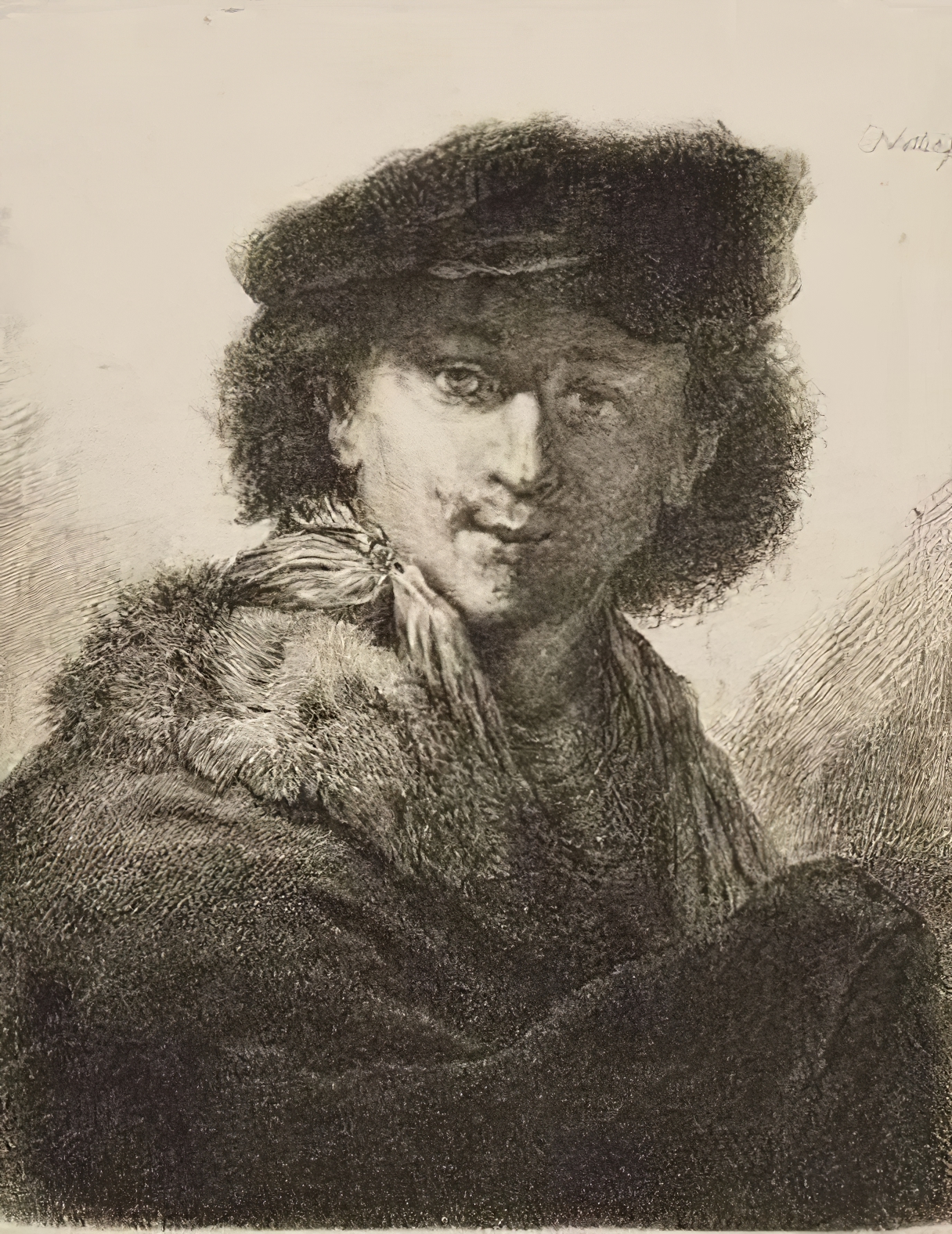
Christoph Nathe was a German miniaturist, watercolorist and etcher.
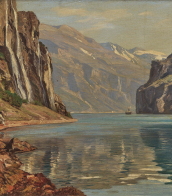

Christoph Nathe was a German miniaturist, watercolorist and etcher.


Christoph Nathe was a German miniaturist, watercolorist and etcher.

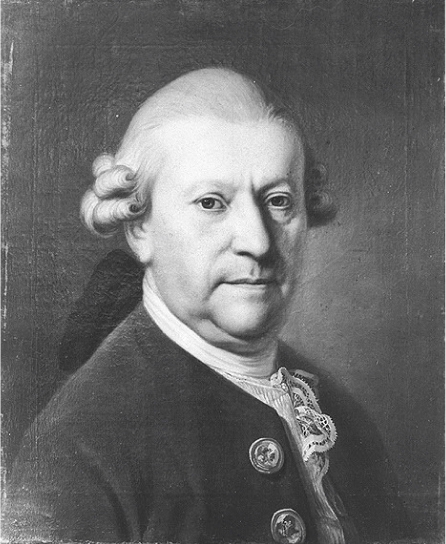
Christian Georg Schütz was a German painter and engraver.


Christian Georg Schütz was a German painter and engraver.

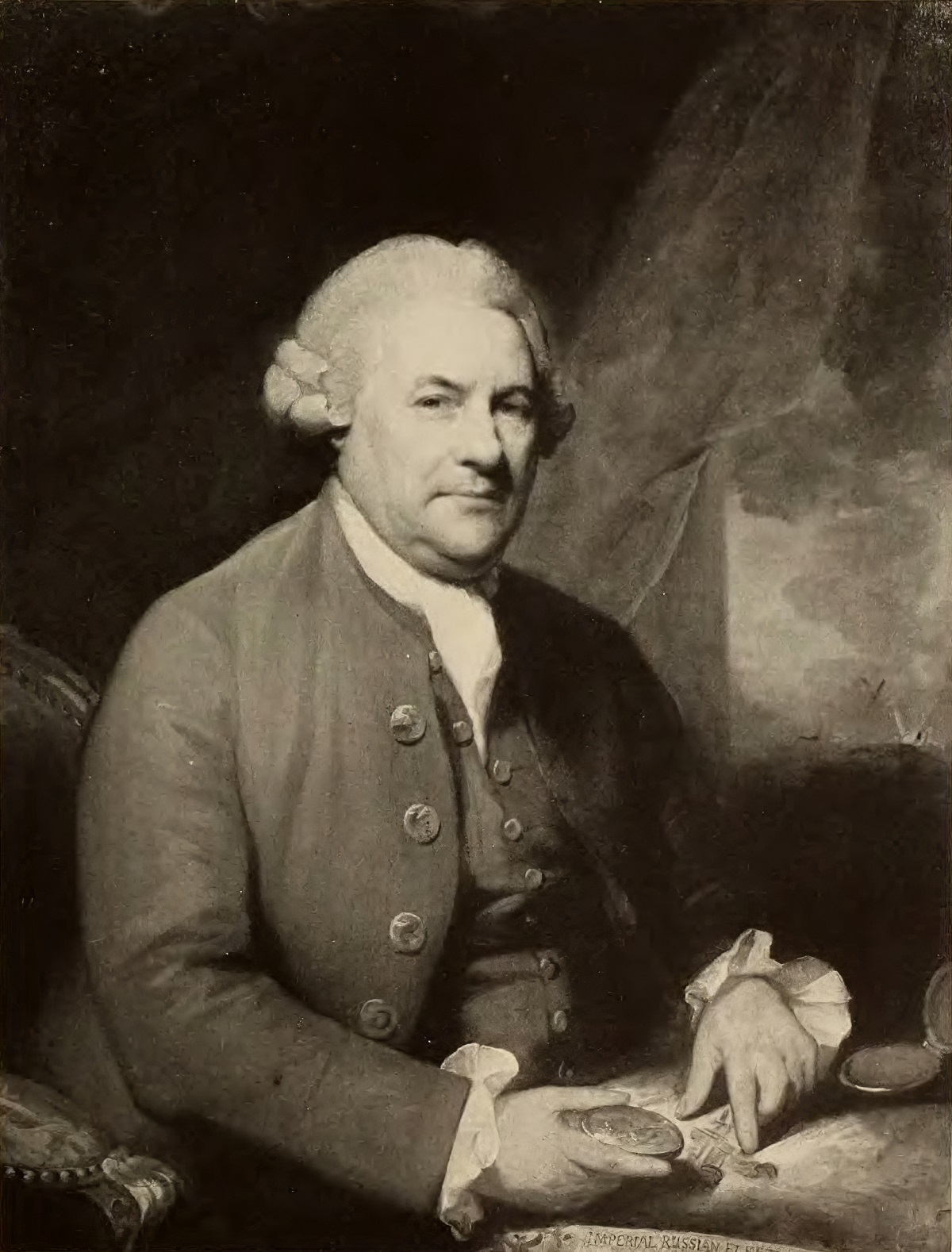
Richard Paton was a British marine painter.
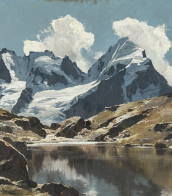
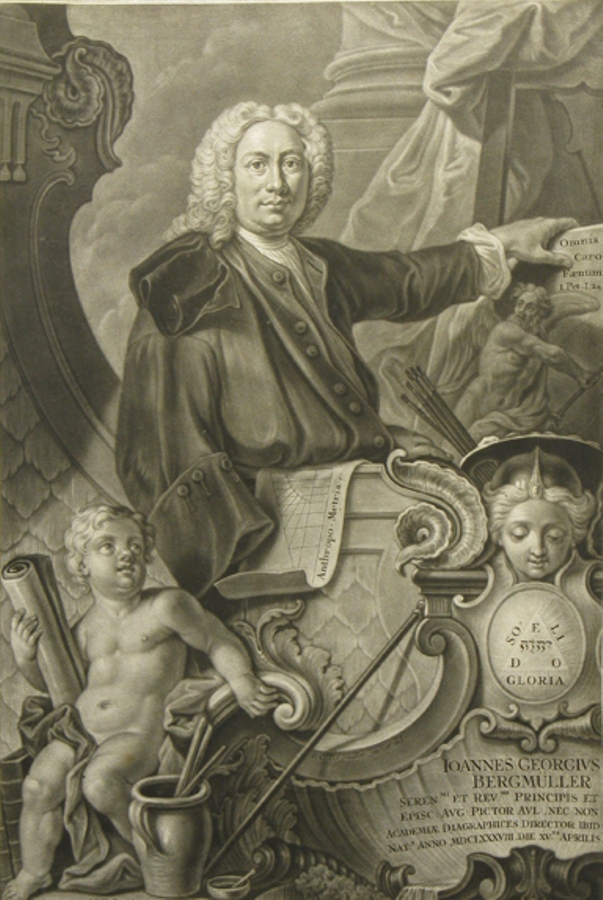
Johann Georg Bergmüller was a German painter, particularly of frescoes, of the Baroque.

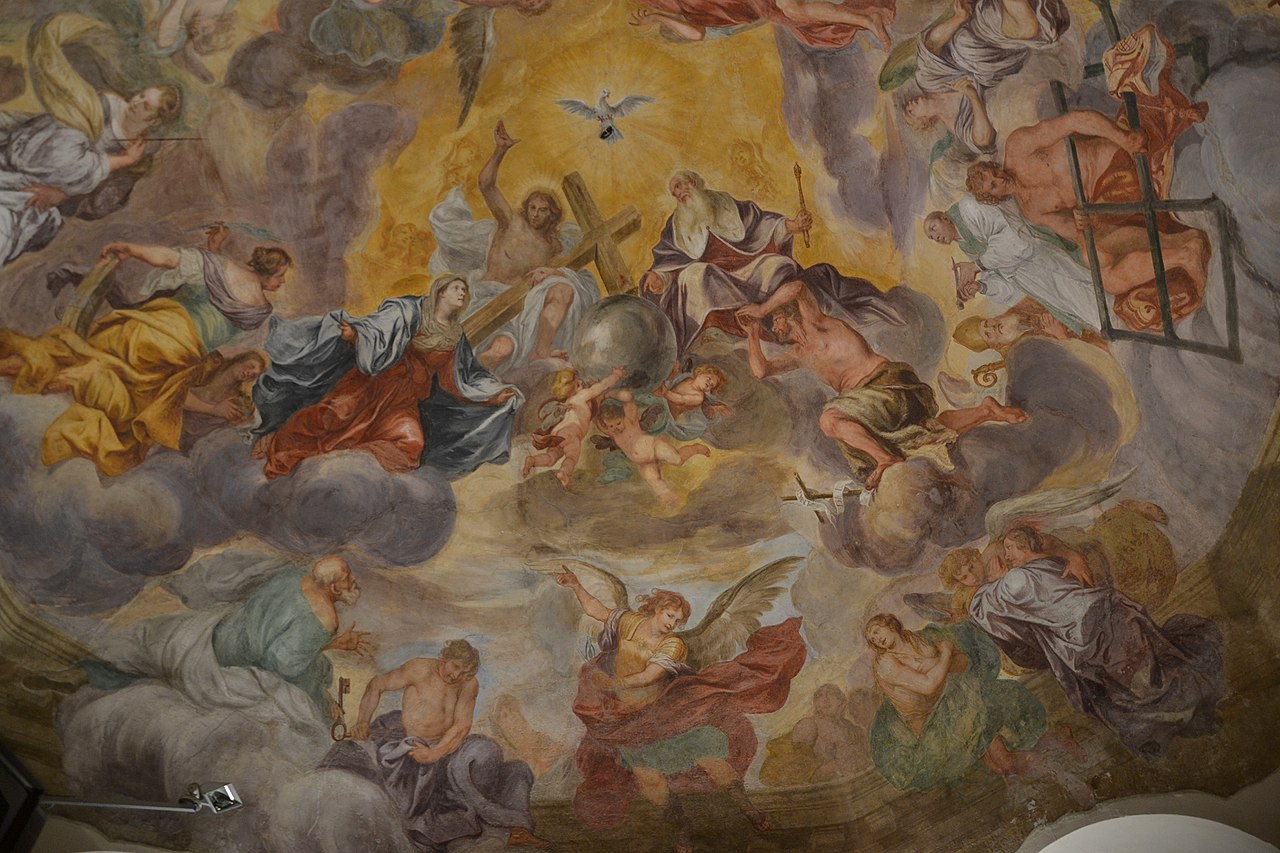
Johann Christoph Storer was a German painter and fresco artist, etcher and draughtsman for copper engraving of the 17th century, who worked for a long time in Upper Italy.
Storer's work coincided with the heyday of Baroque sacred art after the end of the Thirty Years' War.

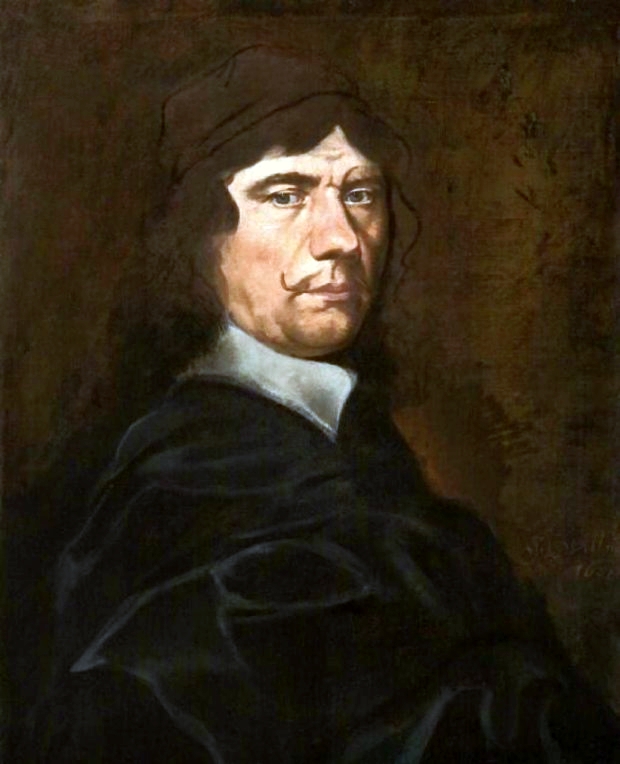
Michael Leopold Lukas Willmann was a German painter of the second half of the 17th and early 18th centuries. He is considered the outstanding painter of Silesia of the Baroque period, and has been called the "Silesian Rembrandt" or "Silesian Raphael".
Willmann became known for his technical mastery as well as the speed with which he executed commissions. During his lifetime he created about 500 paintings and frescoes, of which about 300 have survived to this day. He used a special technique of painting the background and correcting details, which was also used by his pupils. Biblical subjects were at the center of Willmann's work, and his frescoes adorn churches and monasteries in Silesia to this day.

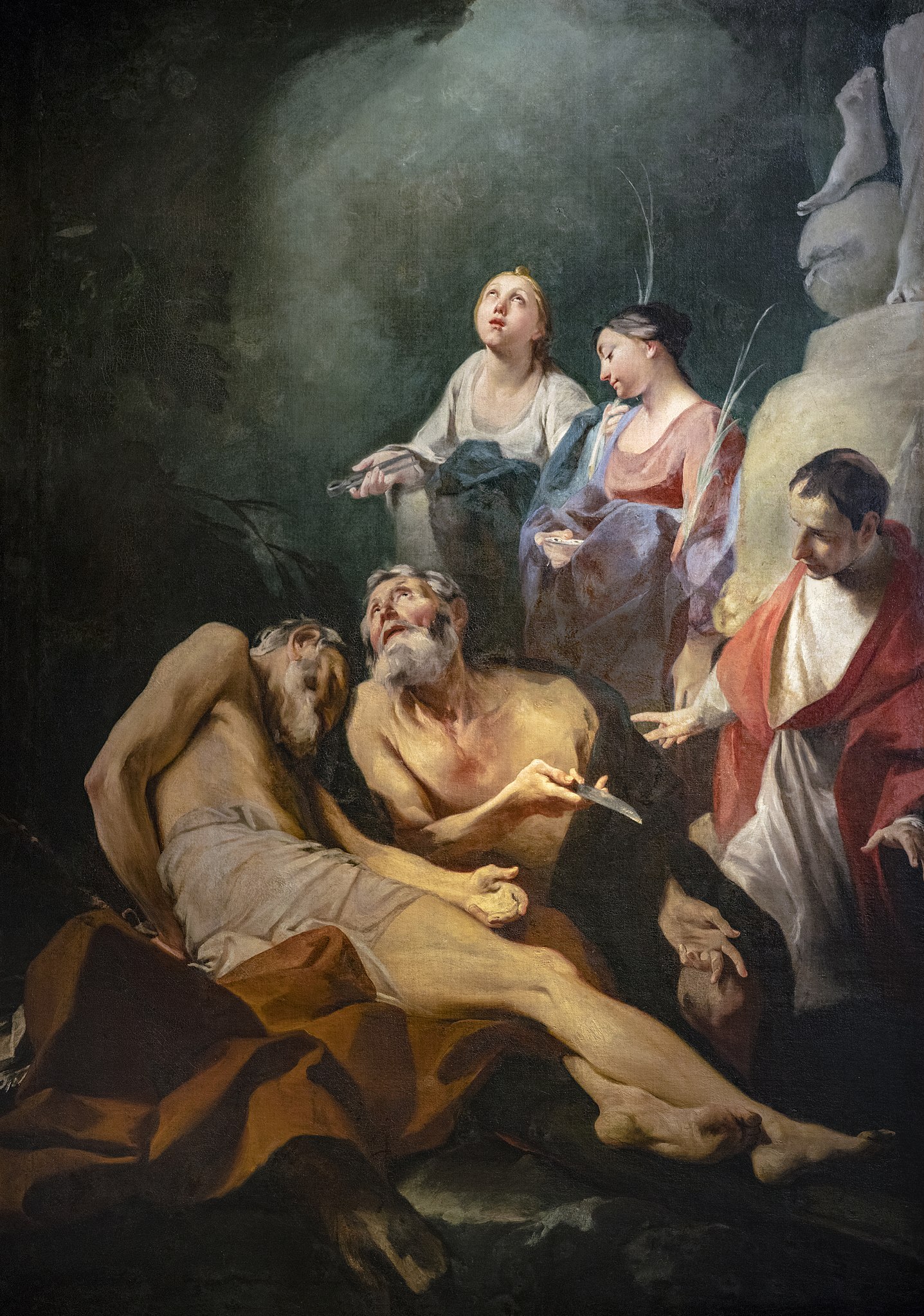
Federico Bencovich, also known as Dalmatino, was a Croatian painter and printmaker.
Federico Bencovich's works covered a variety of genres, including religious and historical subjects, landscapes and portraits. He had a remarkable ability to convey the beauty and subtlety of a subject, endowing his paintings with realism and emotional depth.
Bencovich's style was influenced by the Baroque era, which was characterised by grandiosity, theatricality and a rich use of colour and light. His compositions often feature dramatic scenes and dynamic figures, creating a sense of movement and tension. Bencovich's meticulous attention to detail, skilful rendering of texture and expression are testament to his skill.

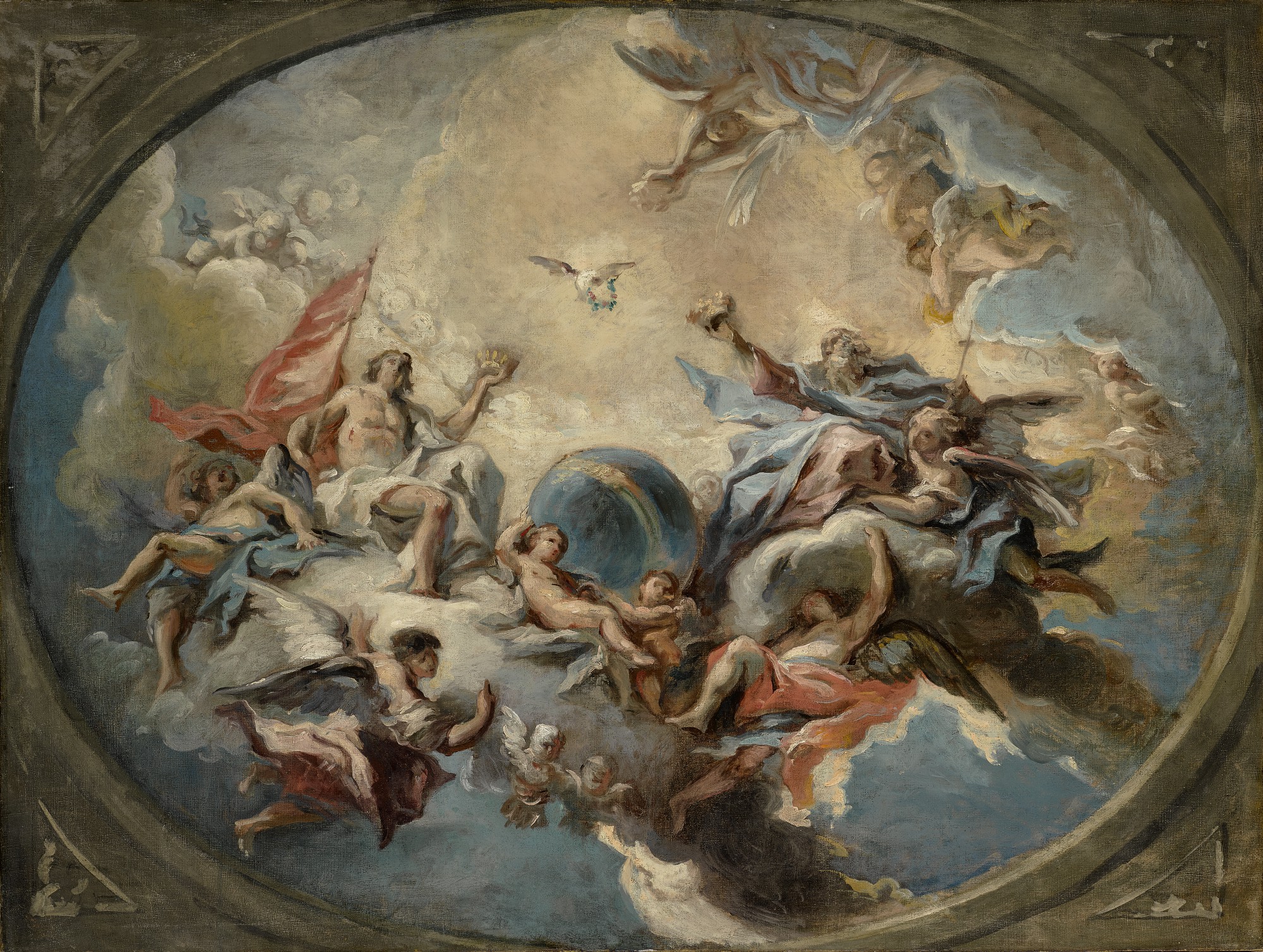
Carlo Innocenzo Carlone or Carloni was an Italian painter and engraver, active especially in Germany.

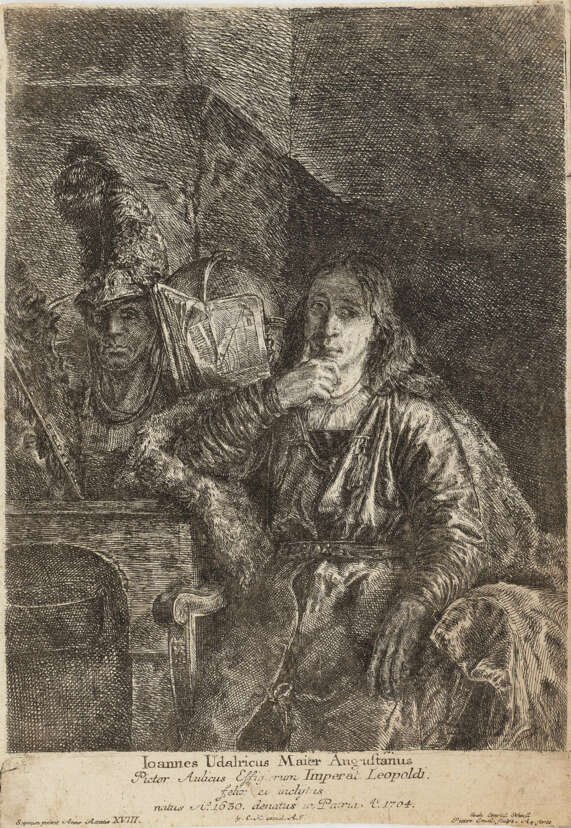
Johann Konrad Schnell was a German portrait painter.


Johann Georg Bergmüller was a German painter, particularly of frescoes, of the Baroque.

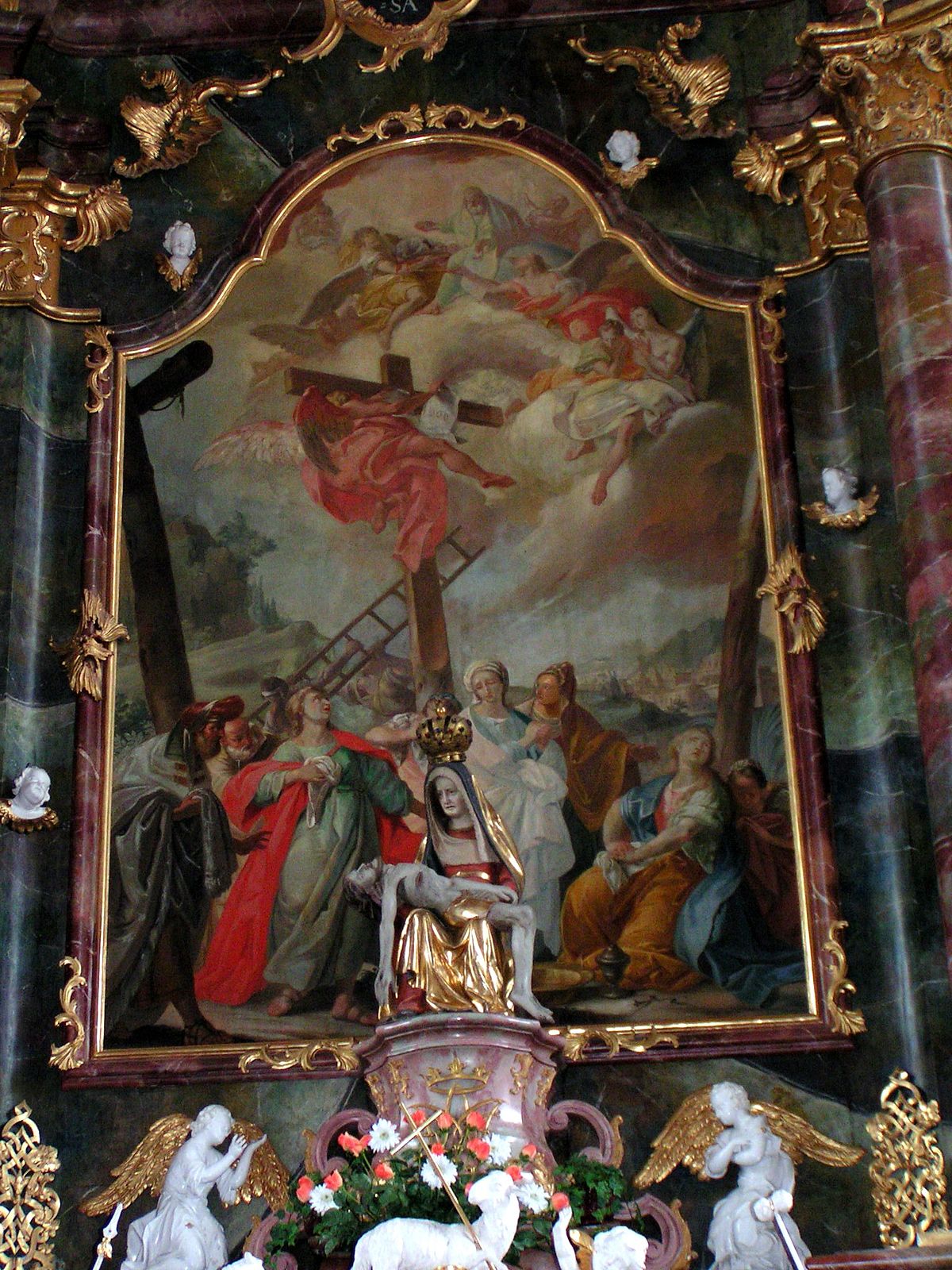
Franz Martin Kuen was a German painter of the Rococo period.

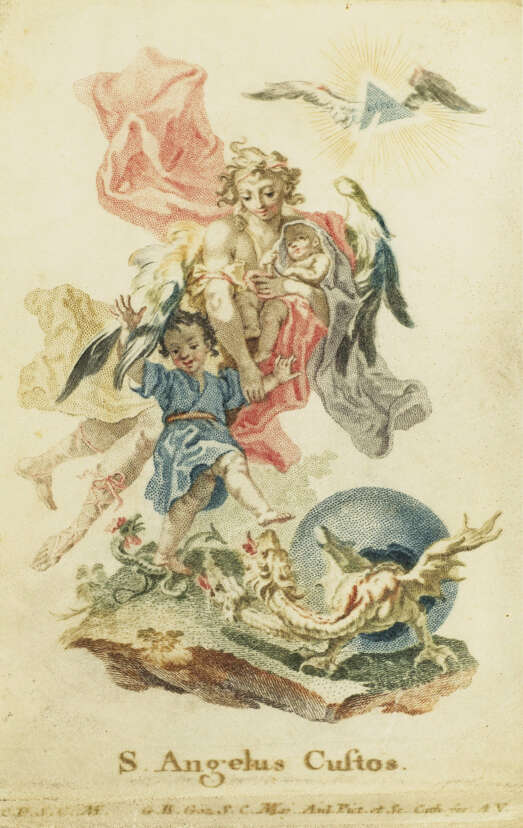
Gottfried Bernhard Göz, also Goez, Goetz, or Götz was a German Rococo painter and engraver.
He worked for many years painting frescoes in chapels and monasteries, and then took up engraving. Göz established his own publishing and engraving business, inventing a printing device that allowed him to produce colorful copperplate prints with shades similar to those of painting.


Gottfried Bernhard Göz, also Goez, Goetz, or Götz was a German Rococo painter and engraver.
He worked for many years painting frescoes in chapels and monasteries, and then took up engraving. Göz established his own publishing and engraving business, inventing a printing device that allowed him to produce colorful copperplate prints with shades similar to those of painting.

 Wink.jpg)
Johann Christian Thomas Wink was a painter, fresco artist and etcher of the late Rococo period.

 Wink.jpg)
Johann Christian Thomas Wink was a painter, fresco artist and etcher of the late Rococo period.

 Wink.jpg)
Johann Christian Thomas Wink was a painter, fresco artist and etcher of the late Rococo period.

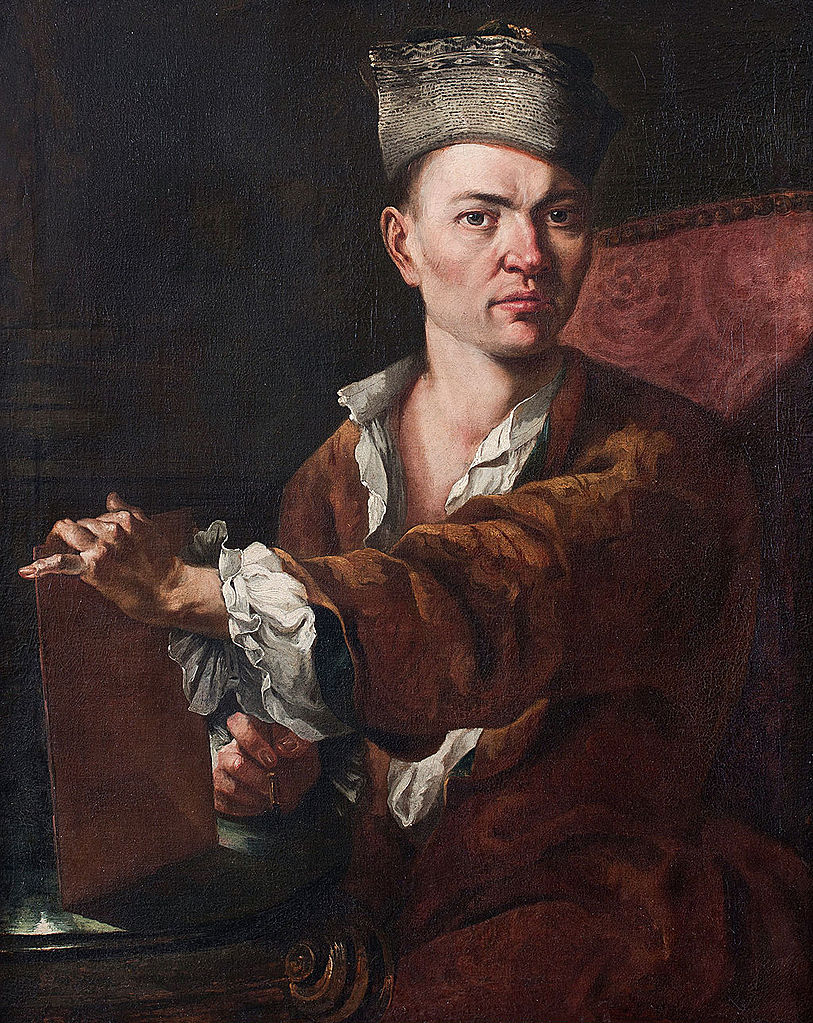
Paul Troger was an Austrian painter, draughtsman, and printmaker of the late Baroque period. Troger's illusionistic ceiling paintings in fresco are notable for their dramatic vitality of movement and their palette of light colors.
Paul Troger’s style, particularly in his frescoes, dominated Austrian painting until the end of the 18th century and profoundly influenced significant artists of the next generation, notably Franz Anton Maulbertsch, Josef Ignaz Mildorfer, Johann Wenzel Bergl and Johann Lucas Kracker.


Paul Troger was an Austrian painter, draughtsman, and printmaker of the late Baroque period. Troger's illusionistic ceiling paintings in fresco are notable for their dramatic vitality of movement and their palette of light colors.
Paul Troger’s style, particularly in his frescoes, dominated Austrian painting until the end of the 18th century and profoundly influenced significant artists of the next generation, notably Franz Anton Maulbertsch, Josef Ignaz Mildorfer, Johann Wenzel Bergl and Johann Lucas Kracker.


Paul Troger was an Austrian painter, draughtsman, and printmaker of the late Baroque period. Troger's illusionistic ceiling paintings in fresco are notable for their dramatic vitality of movement and their palette of light colors.
Paul Troger’s style, particularly in his frescoes, dominated Austrian painting until the end of the 18th century and profoundly influenced significant artists of the next generation, notably Franz Anton Maulbertsch, Josef Ignaz Mildorfer, Johann Wenzel Bergl and Johann Lucas Kracker.


Paul Troger was an Austrian painter, draughtsman, and printmaker of the late Baroque period. Troger's illusionistic ceiling paintings in fresco are notable for their dramatic vitality of movement and their palette of light colors.
Paul Troger’s style, particularly in his frescoes, dominated Austrian painting until the end of the 18th century and profoundly influenced significant artists of the next generation, notably Franz Anton Maulbertsch, Josef Ignaz Mildorfer, Johann Wenzel Bergl and Johann Lucas Kracker.


Paul Troger was an Austrian painter, draughtsman, and printmaker of the late Baroque period. Troger's illusionistic ceiling paintings in fresco are notable for their dramatic vitality of movement and their palette of light colors.
Paul Troger’s style, particularly in his frescoes, dominated Austrian painting until the end of the 18th century and profoundly influenced significant artists of the next generation, notably Franz Anton Maulbertsch, Josef Ignaz Mildorfer, Johann Wenzel Bergl and Johann Lucas Kracker.


Paul Troger was an Austrian painter, draughtsman, and printmaker of the late Baroque period. Troger's illusionistic ceiling paintings in fresco are notable for their dramatic vitality of movement and their palette of light colors.
Paul Troger’s style, particularly in his frescoes, dominated Austrian painting until the end of the 18th century and profoundly influenced significant artists of the next generation, notably Franz Anton Maulbertsch, Josef Ignaz Mildorfer, Johann Wenzel Bergl and Johann Lucas Kracker.

